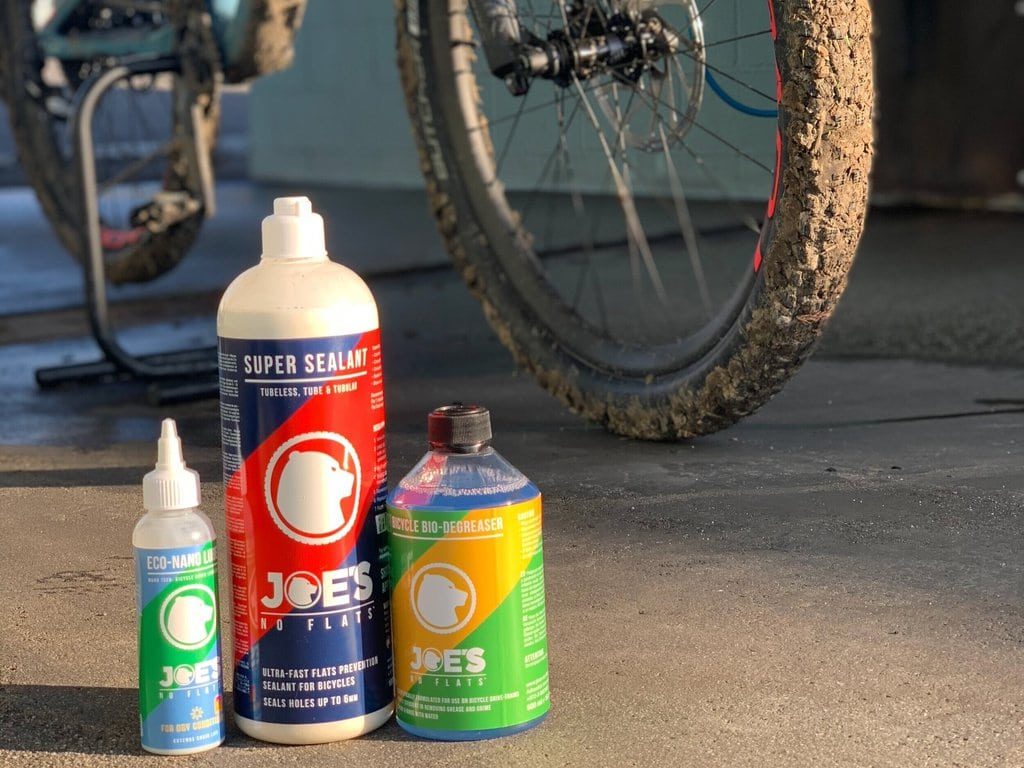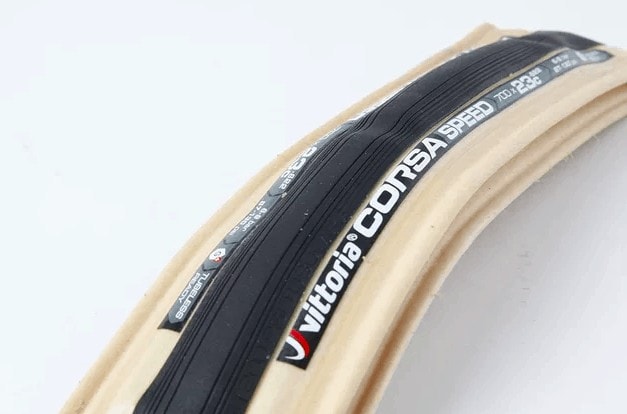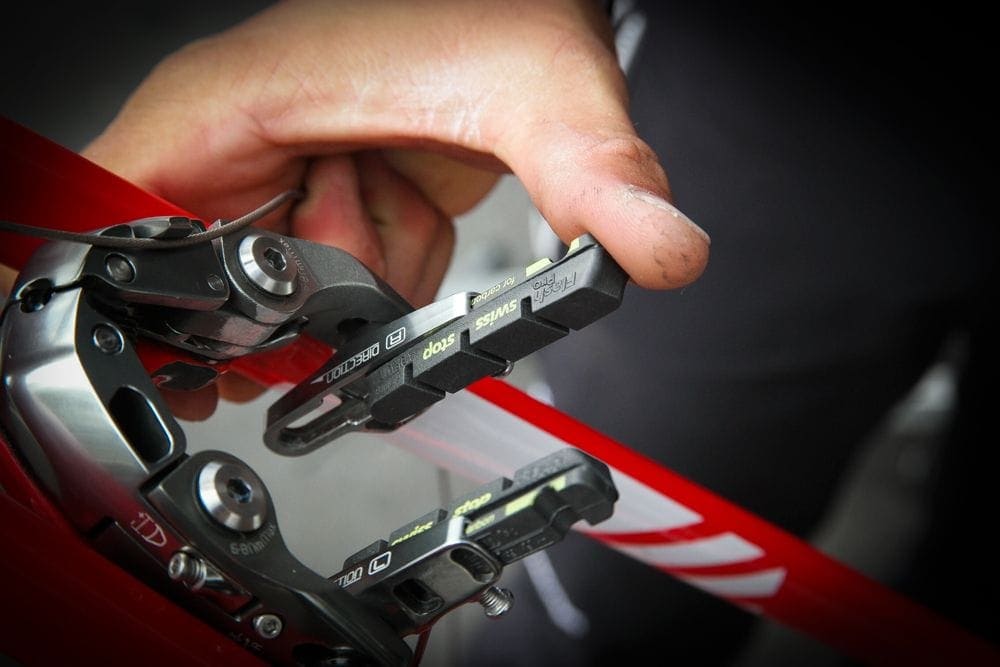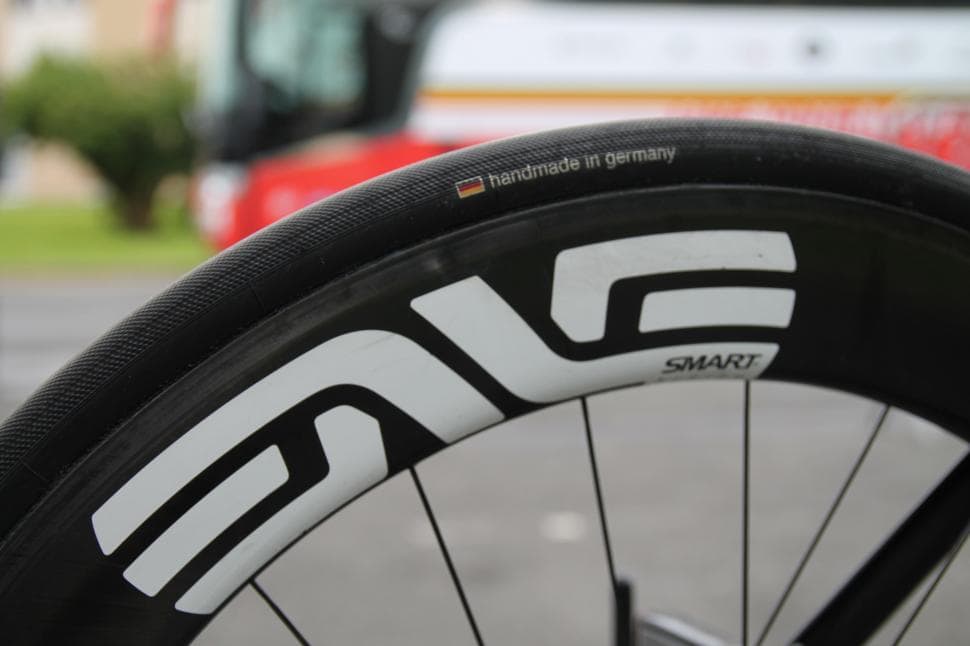Shimano Dura Ace vs XTR Brake Rotors : Which is Better?
One of the big talking points about disc brakes recently is the use of mountain bike rotors on road bikes. In fact, this first came to light in the 2019 Road World Championships in Yorkshire where Maciej Bodnar was spotted using an XTR rotor in the rain-soaked race.
Things really came to light in the 2020 Tour de France when the pros such as Julian Alaphilippe, Adam Yates and Marc Hirschi were spotted using XTR mountain bike rotors on their road bikes instead of the Dura Ace rotors.
Since then, we’ve seen a lot of discussions around this and also many cyclists jumping on this bandwagon as well.
So what are the differences between a Shimano Dura Ace and XTR rotors?
tl:dr
Shimano XTR rotors have a slight weight advantage, have better aesthetics and braking performance especially in the wet.
Naming
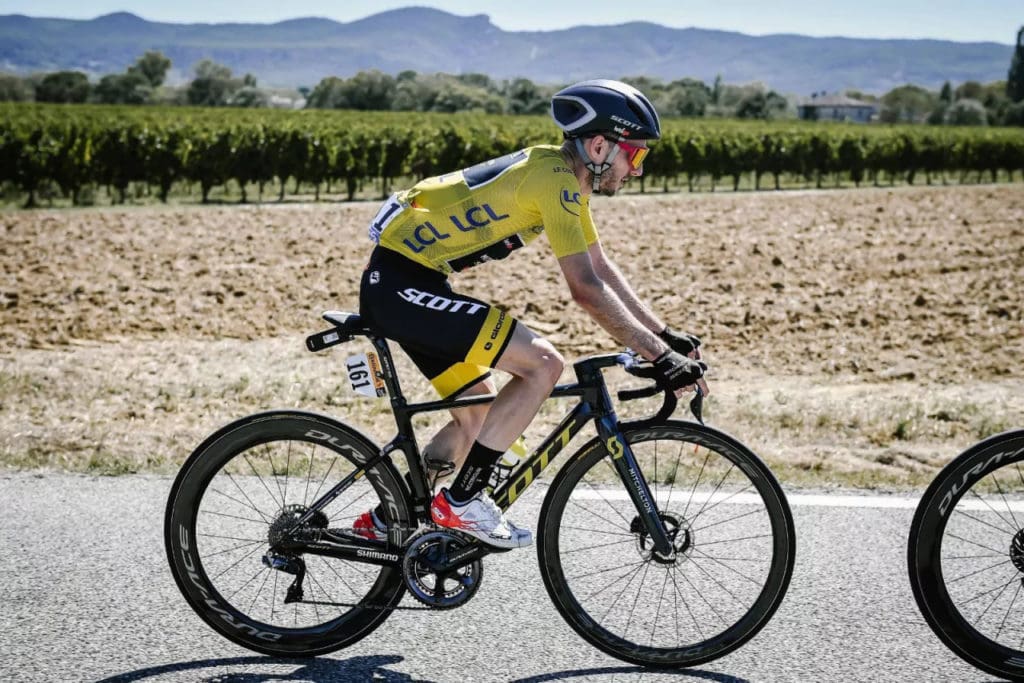
The model name can be confusing for some. Both have the 900 numberings at the end, which indicate they’re Shimano’s top-of-the-line models. Pay attention to the letters before the 900 with RT for road and MT for mountain bikes.
- Dura Ace : SM-RT900
- XTR : RT-MT900
Rotor Design
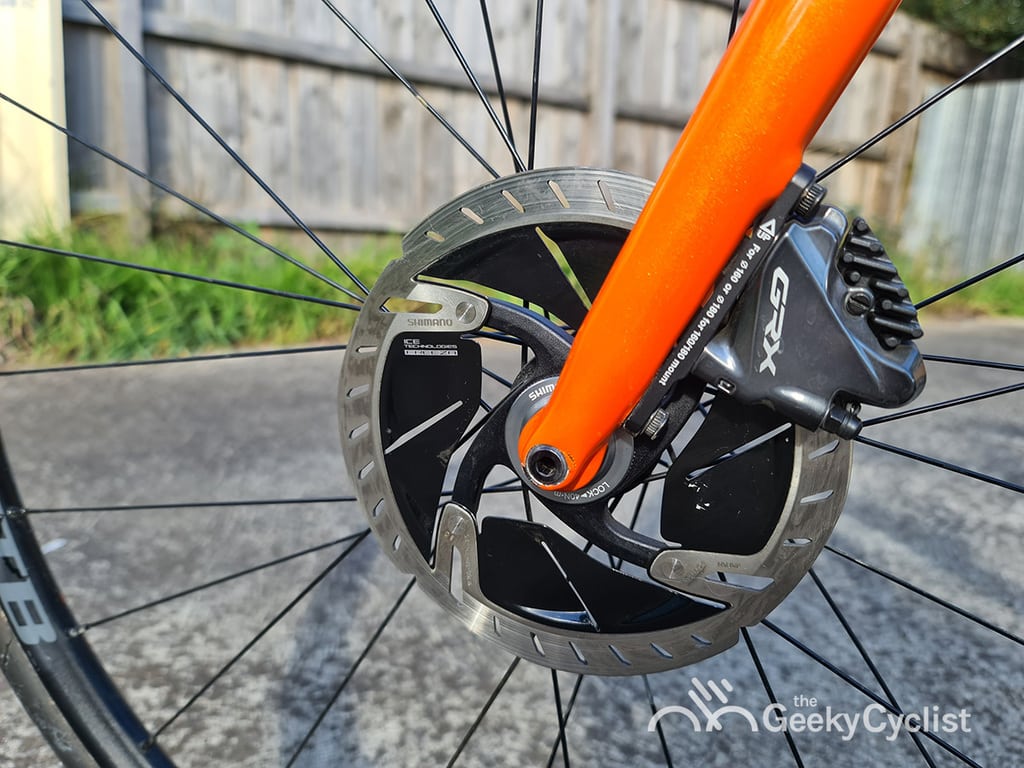
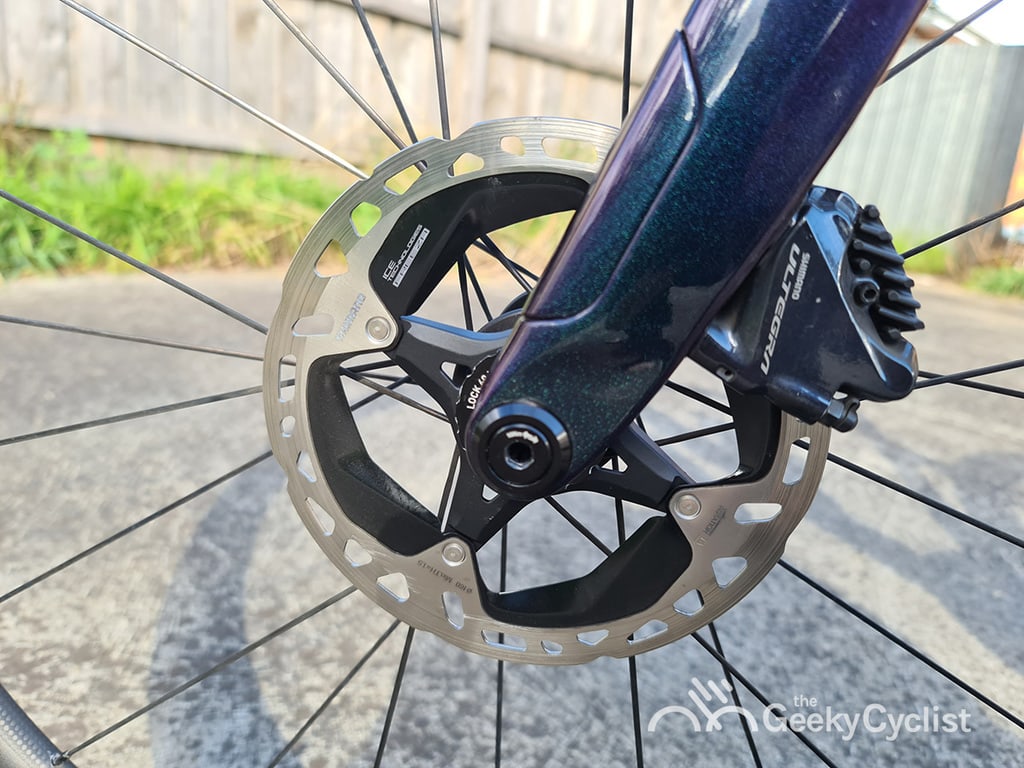
Both rotors use Shimano’s ICE Technologies, but they’re designed in a different way. The Dura Ace rotors have four thinner arms that curve in line with the wheel rotation connecting to the braking surface.
The XTR rotors have four arms at a 90º angle for the 140mm and 160mm sizes. The 180mm and 203mm rotors have five arms to provide additional support and strength.
The Dura Ace rotors have larger cooling fin holes which makes them look more solid and aero. On the other hand, the XTR rotors only have cooling fins where it’s needed most with large holes in between. This could also explain why it’s slightly lighter.
With the smaller fins, cooling and heat dissipation could be slightly comprised but generally, this is not an issue for the pros as they don’t drag their brakes down a descend.
The holes on the XTR rotors are significantly larger which can result in more bite and better braking performance in the wet.
Braking Performance
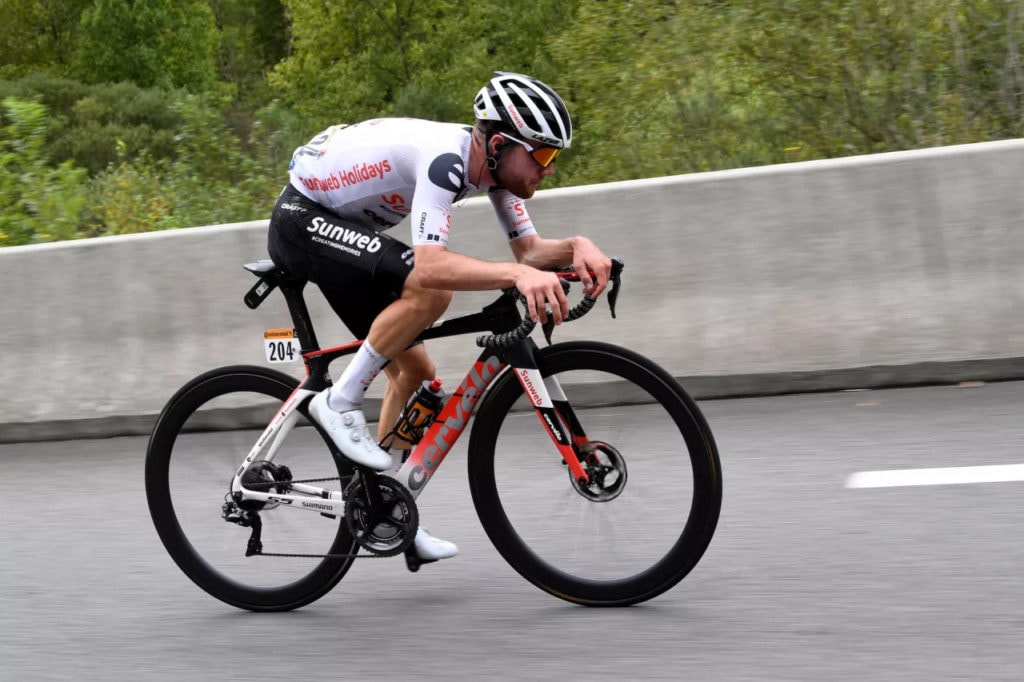
With the difference in rotor design, many have claimed that the XTR rotors have a slight edge in braking performance. This is due to the fact that the pros use them on the long and steep descends in the Tour de France where the braking performance is tested to its limits.
Besides that, many also assumed that because they’re designed for mountain bikes, they should perform better.
From our point of view, it’s hard to quantify these but they do hold some truth in them with the fact being somewhere in between those two arguments.
Weight
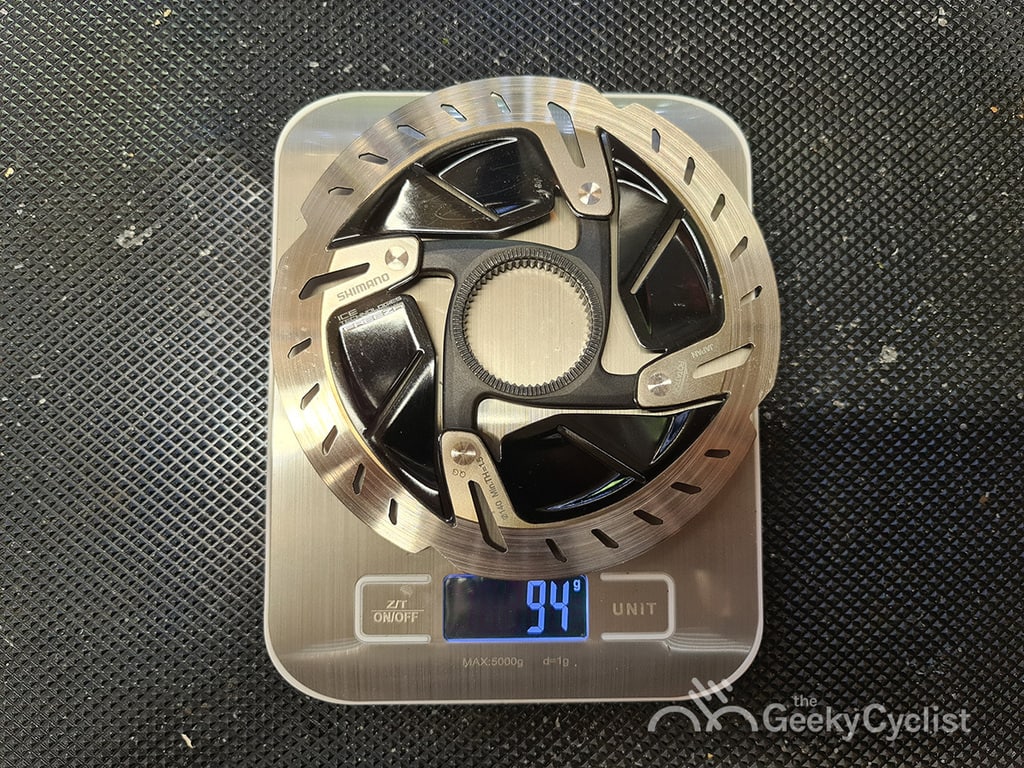
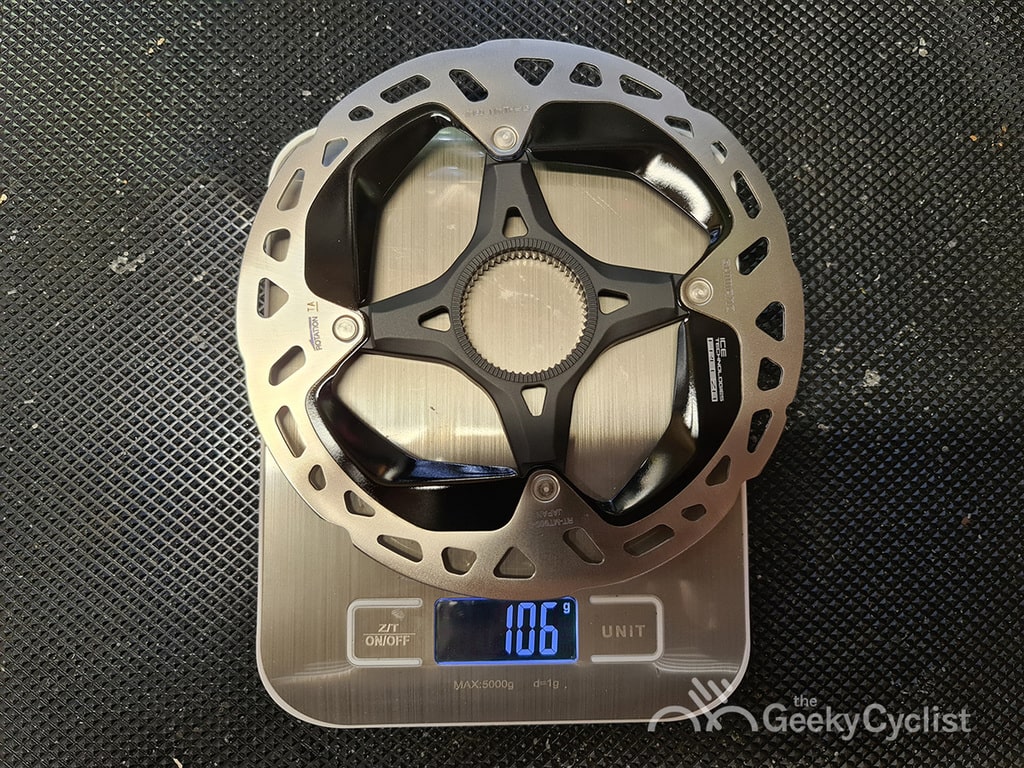
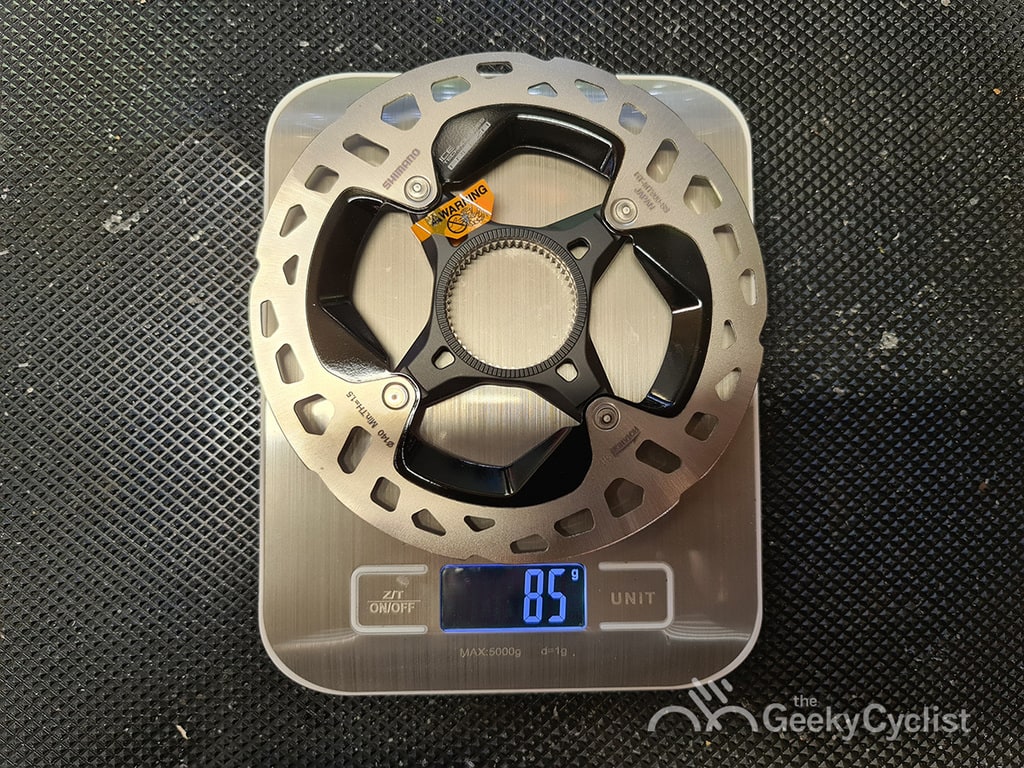
One of the main reasons cyclists, especially the weight weenies prefer the XTR rotors is because it’s lighter. A typical road bike that uses 160/140mm front and rear rotor could save up to 20g just by switching to XTR rotors.
| Model | Rotor Size | Weight |
|---|---|---|
| Dura Ace | 140mm | 94g |
| Dura Ace | 160mm | 116g |
| XTR | 140mm | 85g |
| XTR | 160mm | 106g |
| XTR | 180mm | 132g |
| XTR | 203mm | 150g |
Rotor Sizes
Since the Dura Ace is meant for road bikes, they’re available in only 140mm and 160mm variants.
The XTR, however, is available in 140mm, 160mm, 180mm, and 203mm. The two largest sizes are commonly used on mountain bikes.
One important thing to note about the 180mm and 203mm XTR rotors is the design. They have five instead of four arms to provide the additional support needed.
Pricing
Pricing-wise, they all fall within a difference of $5 to $10, depending on where they’re purchased from. In many cases, the XTR 140mm is slightly cheaper than the Dura Ace 140mm rotors.
The challenge many cyclists face is the availability of the XTR 140mm rotors as they’re hard to come by since there are not many mountain bikes that use them these days.
| Model | Rotor Size | Weight |
|---|---|---|
| Dura Ace | 140mm | $81.99 |
| Dura Ace | 160mm | $81.99 |
| XTR | 140mm | $79.99 |
| XTR | 160mm | $81.99 |
| XTR | 180mm | $84.99 |
| XTR | 203mm | $84.99 |
What about the Similarities?
We’ve discussed the differences, but there are also some similarities between them that you should also know about.
- Shimano’s top-of-the-line rotors. The Dura Ace is meant for road bikes and XTR is for mountain bikes.
- ICE Technologies is Shimano’s technology to cool down the rotors for consistent performance, especially during hard braking. The rotors have three-layer sandwich structure; stainless steel, aluminum, and stainless steel. The Freeza is where the aluminum extends into the cooling fins for better heat dissipation.
- Centerlock. Both are Centerlock rotors making them cross-compatible with each other and will fit all of the disc brake wheels. Older wheels that use a 6-bolt pattern will need an additional adapter.
- Brake pads. They both work with Shimano’s and other third-party road bike brake pads for the R9170, R8070 calipers. Brake pads compatibility is the function of the brake calipers and not the rotors.
Chris Ireland
Author Recommended Reads

